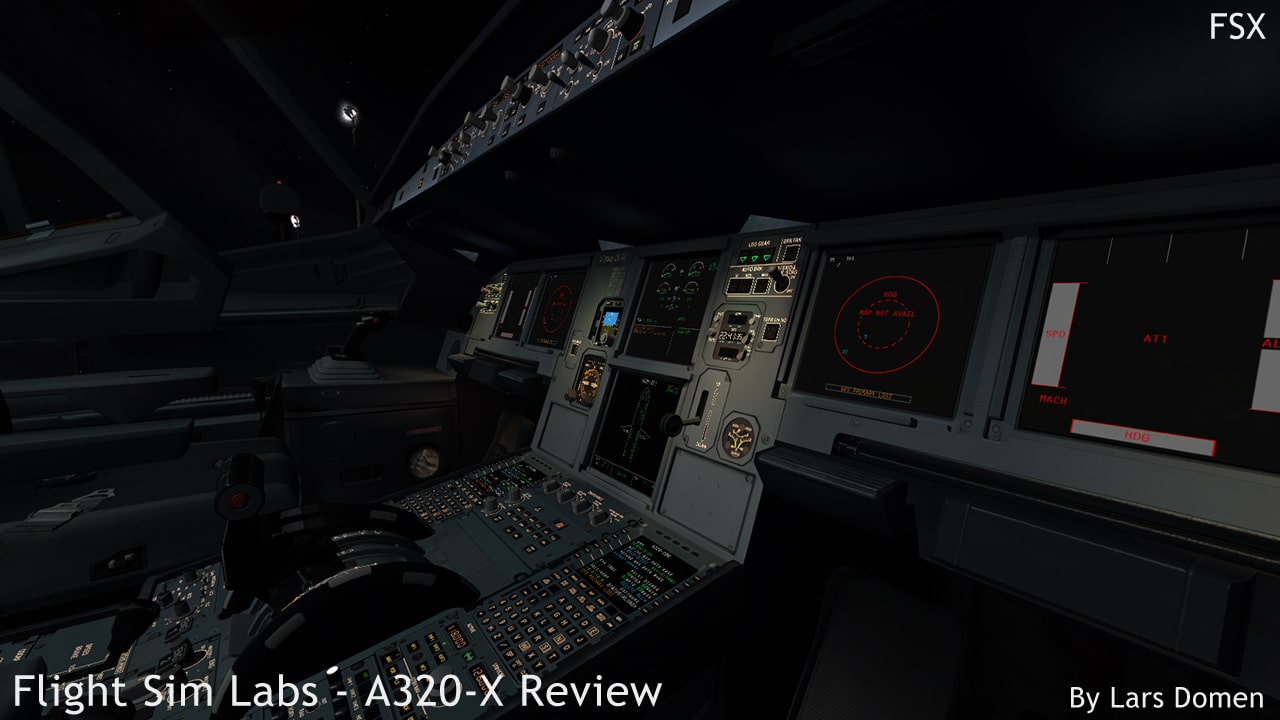Primary Flight Display of a Boeing 747-400. An electronic flight instrument system ( EFIS) is a instrument display system that displays flight data electronically rather than electromechanically. An EFIS normally consists of a (PFD), (MFD), and an (EICAS) display. Early EFIS models used (CRT) displays, but (LCD) are now more common.
You are looking for a high quality home cockpit but you don't have the. Materials such as aluminum and fiber glass. With the A320 software of ProSIM-AR. Airbus A320 edition, including software updates for 12 months: 3D Cockpit environment for an unrestricted 360° view; 13 Cycles of Lufthansa LIDO FMS NAV Database.
The complex electromechanical (ADI) and (HSI) were the first candidates for replacement by EFIS. Now, however, few flight deck instruments cannot be replaced by an electronic display. Contents • • • • • • • • • • • • • • • • • • • Overview [ ] EFIS installations vary greatly. A light aircraft might be equipped with one display unit that displays flight and navigation data.

A large, commercial aircraft is likely to have six or more display units. Typical EFIS displays and controls can be seen at this web site. The equivalent electromechanical instruments are also shown here. EFIS installation follows the sequence: • Displays • Controls • Data processors A basic EFIS might have all these facilities in the one unit.
Display units [ ] (PFD) [ ] On the flight deck, the display units are the most obvious parts of an EFIS system, and are the features that lead to the term. Gharkul Marathi Serial there. The display unit that replaces the ADI is called the (PFD). If a separate display replaces the HSI, it is called the navigation display. The PFD displays all information critical to flight, including, altitude, heading, attitude, vertical speed and yaw.
The PFD is designed to improve a pilot's situational awareness by integrating this information into a single display instead of six different analog instruments, reducing the amount of time necessary to monitor the instruments. PFDs also increase situational awareness by alerting the aircrew to unusual or potentially hazardous conditions — for example, low airspeed, high rate of descent — by changing the color or shape of the display or by providing audio alerts. The names Electronic Attitude Director Indicator and Electronic Horizontal Situation Indicator are used by some manufacturers. However, a simulated ADI is only the centerpiece of the PFD.
Latest Posts
- ✔ 2005 F150 Front License Plate Bracket Installation
- ✔ Download Anime Tonagura Sub Indo 3gp
- ✔ Lz0 Keygen Quickbooks Enterprise
- ✔ Digihome Pvr 160 Manual Meat
- ✔ Download E T I Eloquence Synonym
- ✔ Download Fast And Furious 2 Ita Dvdrip Movies
- ✔ Playstation Allstars Battle Royale Psp Iso
- ✔ Roman Civil War Game
- ✔ Cellmax Ret Software As A Service
- ✔ Driver Disco Duro Western Digital Para Windows 7
- ✔ Max B Domain Diego Zip Cord